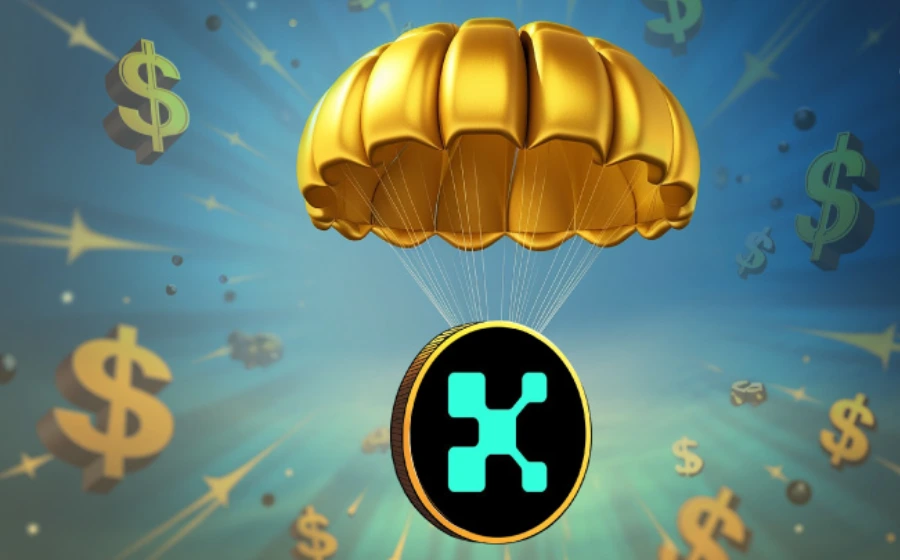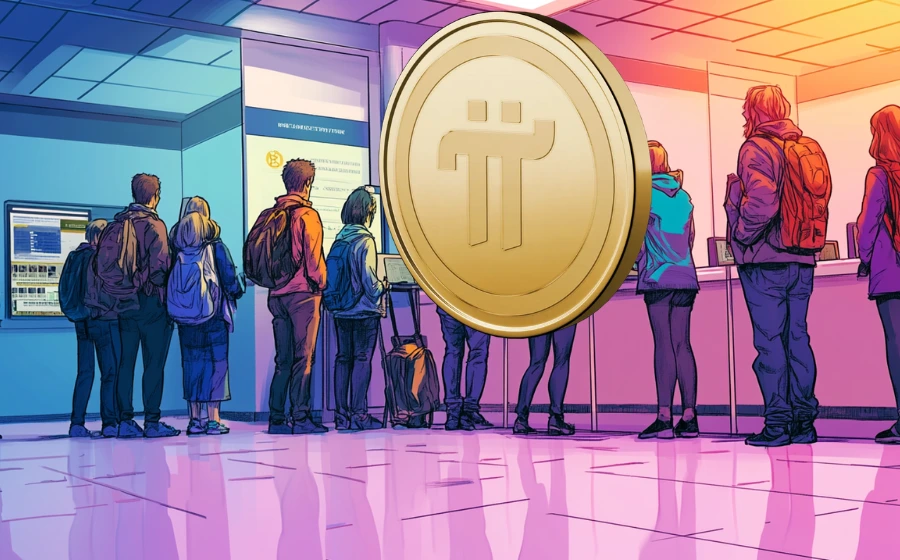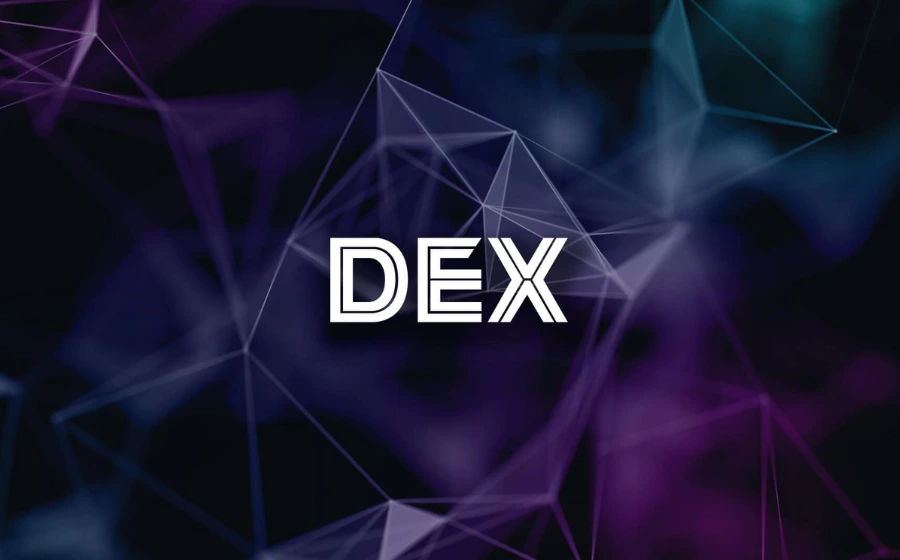
KEYTAKEAWAYS
-
TST plunged 70% in one hour due to high leverage liquidations and possible whale manipulation in a low-liquidity meme coin market.
-
Binance clarified TST’s unofficial status, breaking market hype and triggering investor panic, leading to a collapse in social sentiment and price confidence.
-
TST’s crash highlights the risks of meme coins—low liquidity, speculation, and poor transparency—despite their popularity in the 2025 crypto market.

CONTENT

On the morning of August 7, 2025, the crypto market faced a short but intense shock. The token Test (TST) dropped about 70% in one hour, falling from a high of $0.0496 to a low of $0.01547, before slightly recovering to $0.0273. Its market cap settled at around $25.33 million. This sudden crash made TST the center of attention in the crypto community that day.
TRIGGERS OF THE CRASH: LEVERAGE, WHALES, AND MARKET MANIPULATION
TST’s crash did not happen without warning. It was the result of many combined factors. The main reason was liquidations caused by high-leverage trading. According to Bybit and CoinMarketCap, before the drop, a $102 million long position was opened. This pushed open interest (OI) up to $65 million, a 55% rise in 24 hours. This huge position attracted many retail traders to follow, driving up volume. On Binance, the TST/USDT spot pair reached $50.37 million in 24-hour volume, up 89.9% from the previous day.
But high leverage always brings high risk. When prices started to fall, this big position quickly triggered liquidations. A total of $4.47 million in positions were liquidated—98% were longs. This caused the price to crash to $0.01547 within one hour.
Many traders on X believe a “whale” may have manipulated the market. One possible pattern is that a large holder accumulated tokens at low prices, pushed up the price with big buys, attracted retail FOMO, and then sold at the top—causing panic selling. This kind of manipulation is common in meme coin markets with low liquidity. TST, with a circulating supply of 947 million (95% of its 1 billion total supply), lacked enough depth to resist such shocks.
BINANCE CLARIFICATION AND FALLING MARKET CONFIDENCE
TST’s unique background made the crash even more dramatic. It was created by the BNB Chain team on the Four.Meme platform as a “test token” for educational use. However, after being listed on Binance, it quickly caught the attention of speculators. Many wrongly believed it was an “official token” of the Binance ecosystem, which raised market expectations.
This misunderstanding fueled short-term hype. But Binance CEO CZ later gave a public clarification. He clearly said that TST was only a test project by the BNB Chain team for learning purposes, and not officially linked to Binance. This statement was like a bucket of cold water poured on hot market emotions.
Some investors lost confidence and sold after realizing the token was not what they expected. Discussions on X showed that after the clarification, TST’s social sentiment score dropped sharply. The community’s belief in its long-term value fell.
Some users even questioned whether TST’s price movements were part of Binance’s internal testing—to observe how the market reacts to low-value tokens. There’s no evidence to support this, but the doubt reflects a larger issue: a lack of trust in the transparency of meme coin markets.
A SNAPSHOT OF THE MEME COIN CRAZE AND INVESTMENT RISKS
TST’s crash is just one example of the meme coin craze in 2025. Since 2021, meme coins have become a big part of the crypto market. Their low entry barriers, high volatility, and social media hype make them attractive—but also risky.
The TST case shows how fragile and dangerous this market can be. Meme coins often have low liquidity and are easily influenced by whales. TST’s market cap was only $25.33 million, yet it lost 70% of its value in one hour. That’s a shocking loss and a perfect example to study the risks of crypto speculation.
Below is a deep analysis of the TST crash and what it teaches investors.















